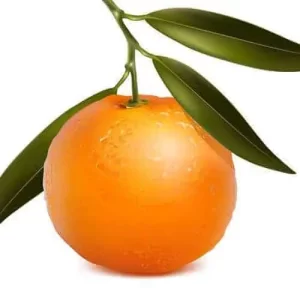Your basket is currently empty!
Traditional Flavoured Teas
Traditional flavoured teas: black, green and oolong teas using natural flavours.
 The bergamot fruit, used in Earl Grey tea.
The bergamot fruit, used in Earl Grey tea.
The delicate nature of tea means that it easily absorbs other flavours introduced to it. Many traditional flavoured teas have a long history, others are more recent innovations. Many long-standing flavours are achieved by the introduction of flowers to the tea. These are then discarded after sufficient time to enable the scent to transfer. Examples are jasmine or rose teas. A little of the flower may be retained to add visual appeal. Rose may be added to black or green teas and is equally good with either. Oolong teas may also be used as the base for flavoured teas, such as our Orange Blossom Oolong.
Earl Grey is unusual in that an aromatic oil is added. This is from the rind of the bergamot citrus fruit native to Calabria in Italy. The base tea may either be a light China based tea, designed to be drunk without milk, or a more full bodied Ceylon based tea which is designed for the addition of milk. Ours is a light style using China black and Darjeeling teas. These days the bergamot flavour is commonly synthesised, nature-identical oils which are cheaper for more mass-market teas where longer shelf-life is required. They are referred to as ‘flavourings’ on ingredient lists. Ours uses natural bergamot oil and it is anticipated that the tea would not be stored for an extended period as the intensity of flavour will dissipate with time. Bergamot, like other essential oils is commonly sprayed onto the leaf to ensure even distribution of the flavour. Whilst black tea is normally used as the base for Earl Grey, green tea makes a very attractive, fresh-tasting alternative and ours has for long proved popular.
Lapsang souchong is one type of traditional flavoured teas that uses more mature, larger leaf smoking over a pinewood fire as the conventional means of flavouring. The style originates from Fujian Province, China. In fact the tea is not exposed to direct heat but smoked for up to twelve hours in smoking sheds where the fireplaces are located outside the walls. The smoke is slightly damp so the tea is subsequently dried. Lapsang Souchong teas are loved by many so if you are yet to be converted have a look at those Lapsangs we offer.
Teas flavoured with flowers are especially Chinese. In addition to those scented with jasmine or rose, osmanthus, gardenia and magnolia are traditionally used. Beyond China, in the Middle-East spearmint (Egyptian Mint) is used in the blending of Moroccan mint tea and in India spices are used with strong black tea to create masala chai. In particular the latter uses cinnamon, cloves, cardamom, black pepper and sometimes ginger. In China’s Tang dynasty salt was always added to tea. Today the Mongolians habitually add it. We tend not to!
Jasmine tea, also from Fujian Province, is famous across the world and we have all enjoyed these delicate and fragrant green teas in Chinese restaurants where they so perfectly compliment a diverse selection of savoury foods. There are several grades of jasmine tea. The highest grade, Jhin Hao, requires nearly a month of scenting with repeated changes of fresh jasmine flowers, the previous additions being sifted out. Jasmine flowers in summer so the early spring tea, zao bei, which is very slightly oxidised must be carefully stored until that time to ensure its freshness.
In addition to those traditional flavoured teas described above, the Chinese have for long used chrysanthemum, lily, lotus and orchid flowers. Dried fruits and essential oils are used such as lychee, one of China’s most popular fruits. The flavours added to most commercial teas are in the form of fruit pieces or starch based flavour granules but these tend to use nature-identical oils.
Japan also scents some teas, rose and cherry flavoured green sencha teas being popular.
Flavoured teas should not be infused too long, around three minutes is ideal. Those based upon green teas should use boiled water that has come off the boil and cooled for a couple of minutes (to around 80C). Flavoured teas should not be drunk with milk.
Summer is a perfect time to explore the wealth of flavoured teas available and to discover some really refreshing new favourites. Let us know how you get on!
See the Flavoured Teas section of our Tea Store.
